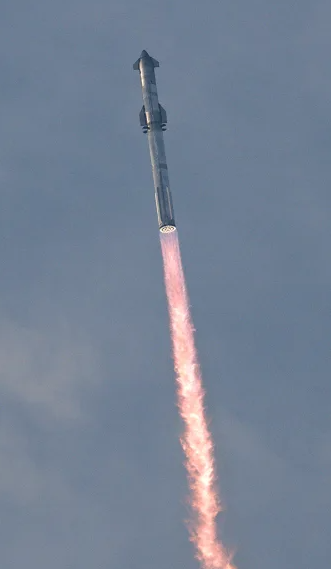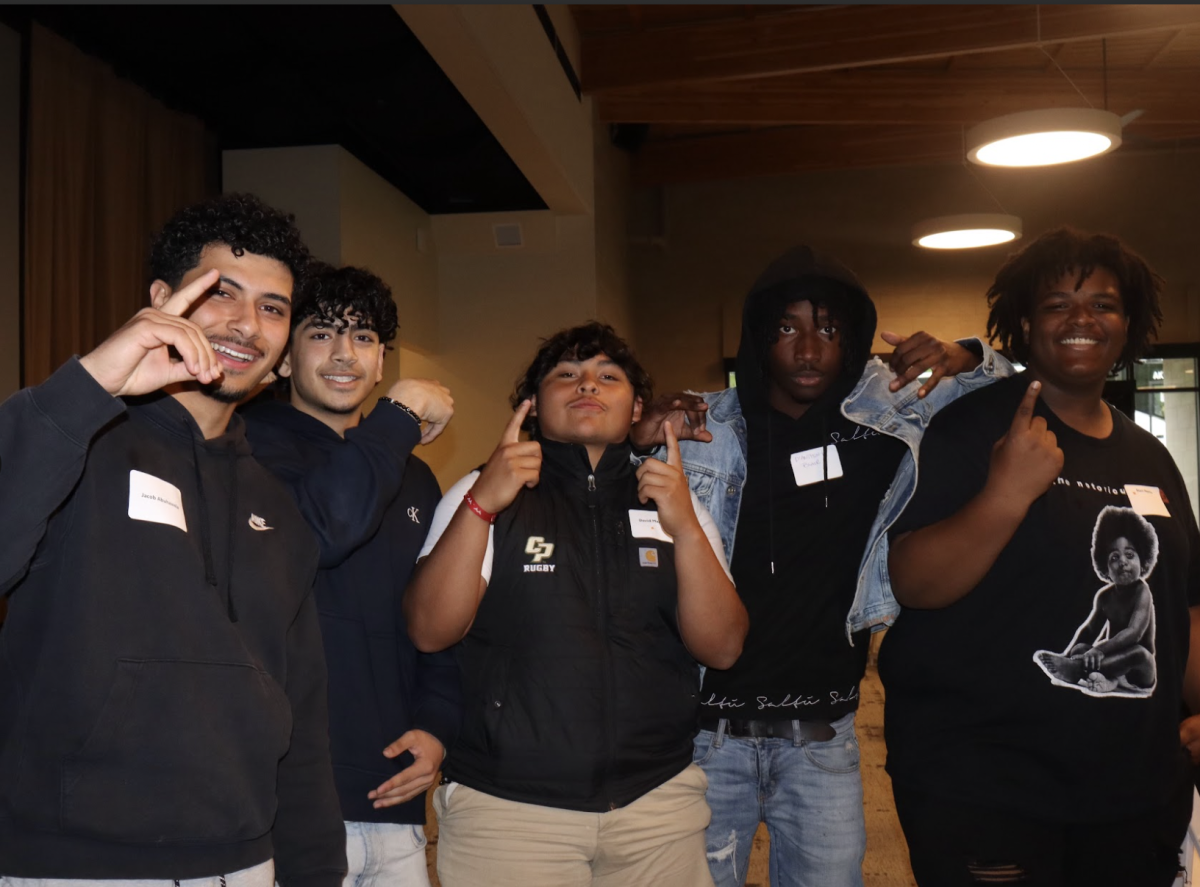At 6:25 a.m. Pacific Time on March 14, SpaceX launched the third test flight of its Super Heavy-Starship rocket from Boca Chica in south Texas. Four minutes into the flight, the booster successfully separated from the Starship vehicle and spun back towards Earth. Although the booster landed as expected in the Gulf of Mexico, communication was lost shortly before it landed. Starship continued its trajectory into space and ultimately broke apart over the Indian Ocean.

Viewers of the flight were able to enjoy a unique perspective courtesy of SpaceX’s ability to broadcast video using its Starlink satellite network. This livestream displayed the start of the spacecraft’s re-entry into Earth’s atmosphere surrounded by a bright halo of red plasma before the signal was lost. After that point, Starship was not able to re-establish contact, leaving SpaceX to believe the vehicle blew apart as it descended into the Indian Ocean. The total flight time was nearly an hour.
Senior Daniel Lim found the launch exciting to watch partly due to its failures.
“[Starship] is a cool piece of engineering and I like seeing things that could possibly go horribly wrong. That makes things exciting — being able to see somebody try something and not expect the best results but [knowing] they’ll improve it. That’s exciting for me,” Lim said.
The combination of the Starship vehicle and its Super Heavy booster makes it the world’s largest and most powerful rocket. Starship is a critical part of NASA’s Artemis mission, which expects to land American astronauts on the moon as early as September 2026. The United States has ambitions to develop the first lunar outpost before other countries like China and ultimately reach Mars.

“Congrats to SpaceX on a successful test flight! Starship has soared into the heavens. Together, we are making great strides through Artemis to return humanity to the Moon and then onwards to Mars,” NASA Administrator Bill Nelson said on X.
Senior Calvin Tudor believes SpaceX will be able to get humans to Mars in his lifetime, although he acknowledged the challenges are considerable.
“[SpaceX] will have to figure out in-orbit refueling. They also have to figure out how to deal with conditions on the Martian surface and the radiation exposure from travel there,” Tudor said.
As part of this flight, SpaceX wanted to progress its technology by attempting the successful ascent burn of both stages, opening and closing Starship’s payload door, doing a propellant transfer demonstration during the upper stage’s coast phase and re-lighting a Raptor engine for the first time ever while in space. The first three objectives were achieved as planned as the Starship made it much further into flight than in prior launches. However, SpaceX decided not to reignite the Raptor engines due to the spacecraft’s roll rate as it coasted back to Earth. Nonetheless, the success of the first three goals will allow SpaceX to take the next step of putting a satellite payload onto the next rocket to get it into orbit.
Each launch seeks to build on the information learned from prior flights. The last two launches in April and November 2023 both experienced unique issues. In the first launch, the rocket successfully cleared the pad but never reached space because the two stages failed to separate. It was intentionally destroyed at that point.
The second launch progressed further with successful stage separation. While Starship reached space in its second test flight, it did not achieve its target altitude. The Super Heavy booster successfully separated from Starship’s upper stage, but was destroyed shortly after stage separation and the Starship was later blown up. According to SpaceX founder, Elon Musk, the Starship failure was caused by the venting of liquid oxygen propellant near the end of the burn.
SpaceX has repeatedly said these test launches are not expected to perform perfectly. According to the company’s website, “each of these test flights continues to be just that: a test. They aren’t occurring in a lab or on a test stand, but are putting flight hardware in a flight environment to maximize learning.” SpaceX believes this iterative testing process has been the key to its success.


















